How to Trade Like a Professional Without Expensive Software
How to Trade Like a Professional Without Expensive Software
When I first started trading, I thought I needed all the fancy software: premium scanners, $200/month platforms, and complex tools I didn’t even know how to use. But after wasting time and money, I realized you don’t need expensive tools to trade like a professional.
Everything changed when I focused on simple strategies, free tools, and clean setups. In fact, I built my entire trading system using free platforms — and that system still helps me pay my bills with stocks to this day.
If you want to learn how I do it, step-by-step,
👉 Grab my ebook here.
I break it all down inside.

Table of Contents
Trading Is About Strategy, Not Subscriptions
A lot of traders spend more on tools than they actually make from the market. I used to think that a shiny software would give me an edge — but all it did was confuse me and drain my account. What I needed was a repeatable routine, not a bunch of features I didn’t use.
Once I simplified my process and focused on the core elements of trading — volume, price action, and key levels — I started trading better, not harder.
The Free Tools I Actually Use
To this day, I use TradingView for clean charts and free stock screeners like Finviz and MarketWatch. I also check volume leaders on ThinkorSwim and even use Yahoo Finance for earnings dates and news. No need to pay for tools you don’t understand.
The key is not what software you have — it’s how you use the tools you already have.
Professional Traders Don’t Overcomplicate
One thing I’ve noticed: real pros keep it simple. They don’t rely on 10 indicators or endless alerts. They trust their plan, they know their edge, and they don’t chase. That’s what I model my own trading after.
You don’t need to be in a $300 Discord to trade well. You need to be consistent, patient, and focused on high-quality setups.
My Personal Routine
Each day, I build a watchlist of no more than 6 stocks. I look for premarket volume, news catalysts, and clean price action. Then I wait for confirmation after the open. I don’t rely on scanners or software to make my decisions — just structure and discipline.
This is the same method I lay out in my ebook. It’s built for people who want to trade lean and smart.
Why You Don’t Need Expensive Indicators
I used to stack MACD, RSI, VWAP, and every other tool on my charts — but the truth is, I never knew which one to listen to. It created more confusion than clarity. Once I removed them all and focused on price + volume, my trades improved instantly.
That’s when I realized: indicators lag. Price tells the truth first.
You Can Start Small and Still Trade Smart
You don’t need a $25,000 account or a Bloomberg Terminal. I started small. I still trade small. But I trade with precision. That’s what matters.
If your tools are free, clean, and organized, and you have a solid strategy, you’re already ahead of most people.
Keep Your Setup Minimal
I trade off a laptop. No dual screens, no crazy monitors. Just clean charts, a strong routine, and a clear mind. The less clutter you have, the more focused you’ll be on what matters: the trade in front of you.
This is what helps me stay consistent each week — and still grow my account.
Final Thoughts
You don’t need to break the bank to trade like a pro. You need a system that works, a mindset that stays calm, and a process you trust.
If you’re tired of spending money on tools you barely use and just want to learn how to trade smart with what you have,
👉 Grab my ebook here
and I’ll show you exactly how I do it — using nothing but simple tools and a strong routine.
Another big myth I see everywhere is that you need a $1,000 trading setup to be taken seriously. But let me tell you — profit doesn’t care what software you use. I’ve seen traders blow up $50k accounts using premium platforms, and I’ve seen small traders thrive using free tools. I was one of them.
When I simplified my tools, my clarity improved. I was no longer distracted by 10 different signals. I could finally see the chart and react to what mattered — price and volume. That was the turning point for me.
One of the biggest advantages of using simple tools is that they force you to master the basics. Instead of relying on alerts or signals, you learn how to read the chart yourself. You gain confidence — and confidence turns into consistency.
Most beginner traders get caught in the loop of always searching for the next best tool. But in my experience, mastering one simple routine beats chasing endless tools. That’s why I built my ebook around my actual daily workflow — no fluff, just what works.
I focus on patterns that repeat, like breakouts over premarket highs, clean retests, and momentum continuation. You don’t need software to find these — you need to train your eyes. That’s something I practiced daily until it became automatic.
Another benefit of trading without expensive software is that your risk stays low. You’re not paying for ten subscriptions every month, so the pressure to trade and “make it back” disappears. That lets you stay patient — and patience pays.
I also track all my trades manually. I don’t need a fancy analytics tool to tell me if I’m profitable. I have a spreadsheet and a journal. At the end of the week, I review what worked and what didn’t. That’s how I grow.
Every month, I use the same setups, the same process — and I’m able to cover real bills with just a few solid trades. If you’re looking for a routine that doesn’t require spending money to make money, my system can help. I lay it out in full in this ebook.
I also make use of free platforms like TradingView for charting. Their free version is more than enough for what I do. I combine that with sites like Finviz and Benzinga (free tier) to stay updated. You don’t need a $300/month software package to be well-informed.
Even for scanning, Finviz’s free screener helps me find stocks with volume, float, price range, and sector trends — all in seconds. That tool alone is a game-changer if you know how to filter what matters.
What made me consistent wasn’t paying for better tools — it was refining my process. Discipline, structure, and repeatability were what I lacked in the beginning. Now I keep it lean and focused, and I trade with confidence.
If you want to build a low-cost, high-impact system, just like I did,
👉 Download my ebook here
and I’ll walk you through how I do it — even if you’re starting with a small account and no indicators at all.

Stay ahead in the stock market! Subscribe to our newsletter and receive exclusive stock flow reports, trading insights, and actionable tips directly in your inbox. Join thousands of traders who get our updates first.


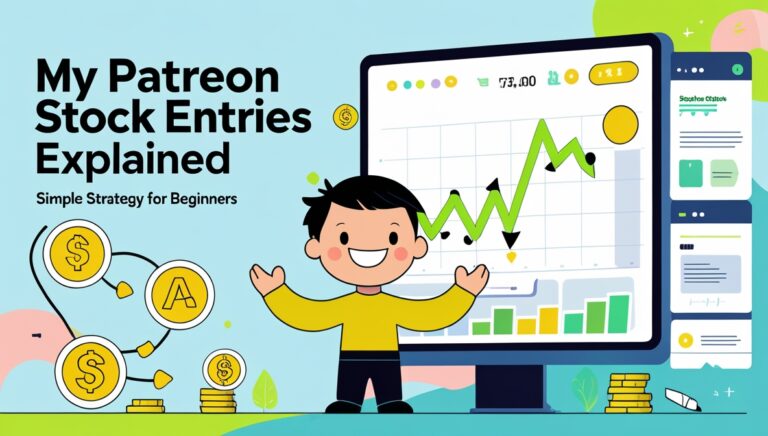
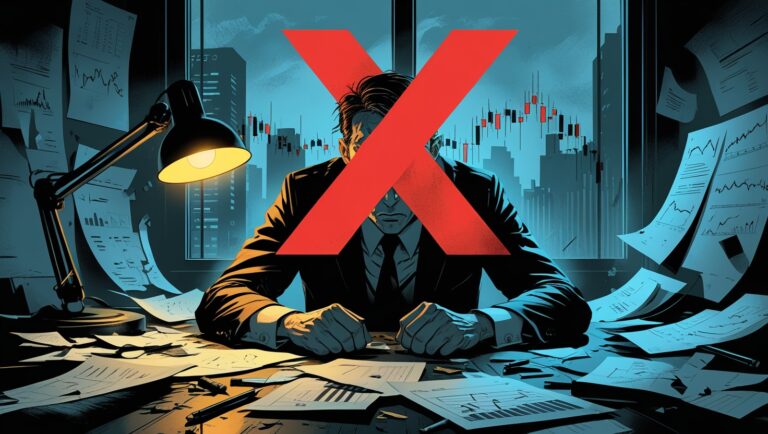
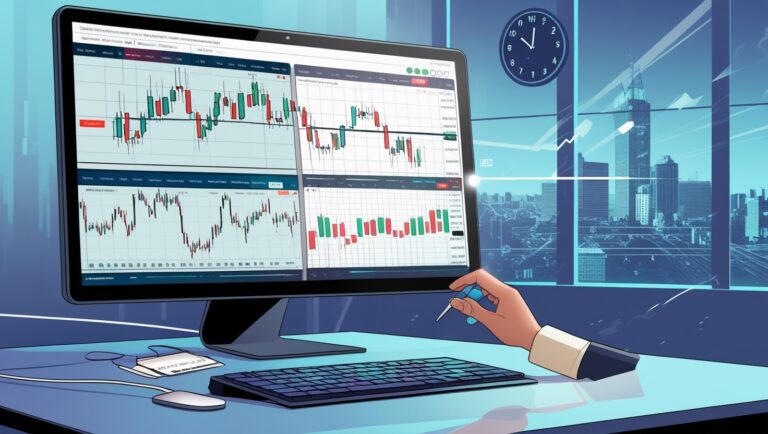
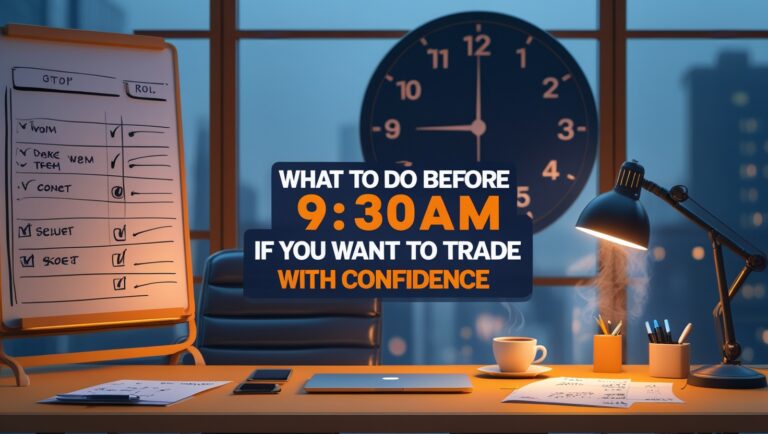

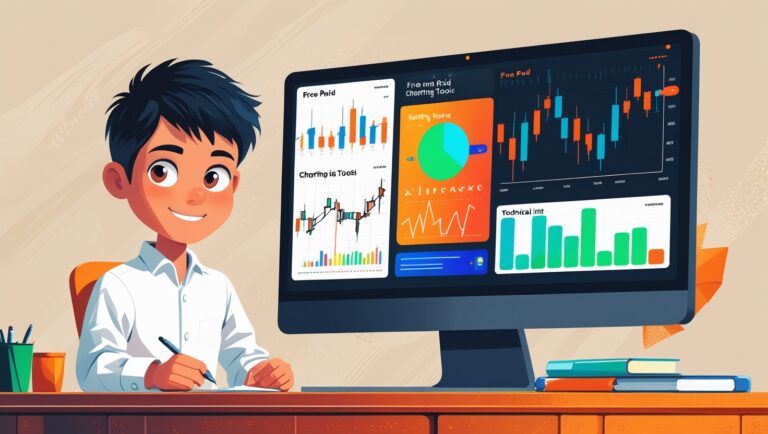
8 Comments